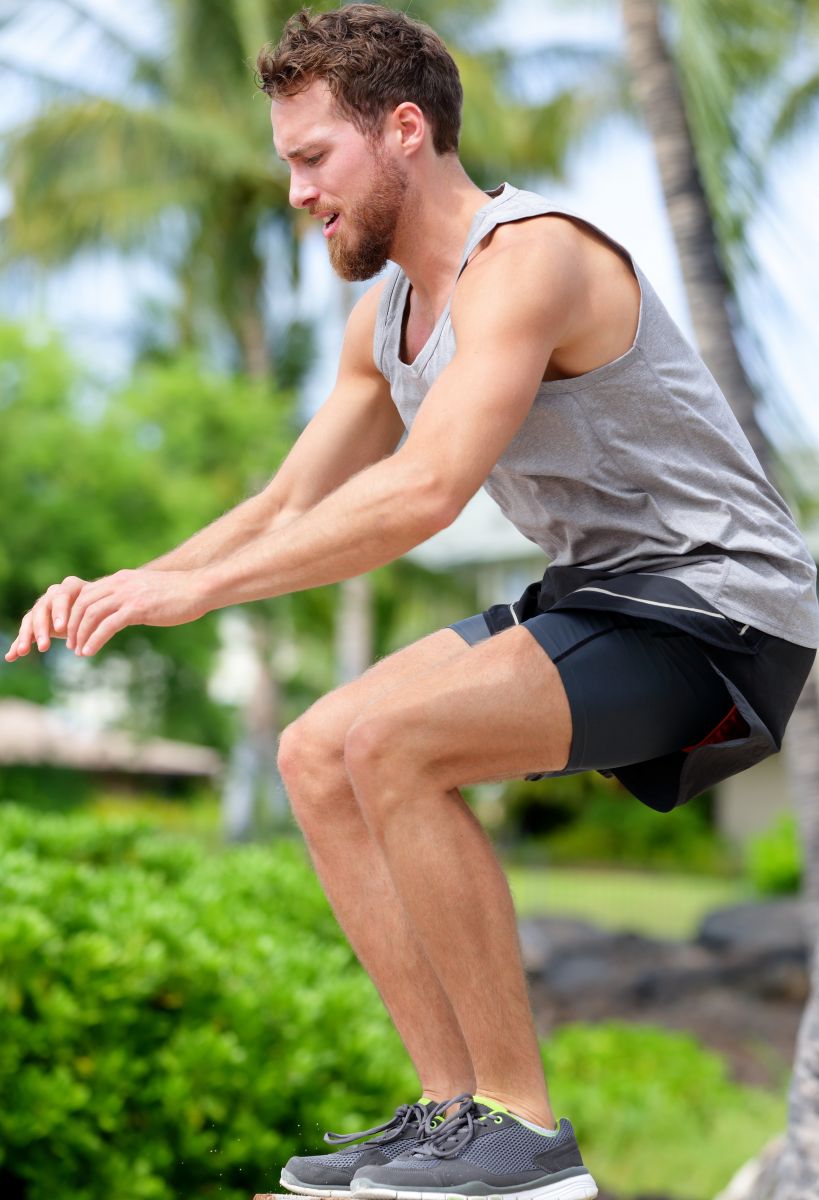Athlete Training and Health provides elite performance training services for professional, collegiate, high school and youth athletes. Through constant evaluation and education, we instill training strategies that elevate our athlete’s performance to the highest level.
At Athlete Training and Health we believe everyday counts when striving for excellence. Evaluating movement and physical performance are essential to building a solid foundation for athleticism. Establishing this beginning point allows our Performance Specialists to measure and monitor progress throughout the training process.
Power is an attribute a lot of athletes strive for in their sport. Sport movements within performance training often includes developments in agility and quickness, top speed, acceleration, change of direction, and endurance.
When athletes are performing functional tasks and movements, an underlying theme and more prevalent in the modern athlete is power. The ability to generate relatively high forces against large resistances (strength) and to produce a high work rate (power) is important for various sports.
One method of developing power in athletes is Plyometric Training. The purpose of plyometric exercise is to increase the power of subsequent movements by using the natural elastic components of muscle and tendon and the stretch reflex.
When used correctly, plyometric training has consistently been shown to improve the production of muscle force and power. The mode of the plyometric training is determined by the body region performing the given exercise. Lower-Body plyometrics are appropriate for almost any athlete in any sport.
Upper-Body plyometrics are appropriate for athletes involved in football, baseball, tennis, golf, and the weight events in track and field.
At Athlete Training and Health a step in evaluating lower extremity power is done with the Broad Jump.

The Broad Jump is a common field test and is completed by those athletes who attend the NFL Combine. Athletes begin test with the following protocol:
Stand with feet shoulder width apart. Use a two-foot take-off and landing in the jump. The athlete squats down and uses their arms and legs to jump horizontally forward. The swinging of the arms and bending of the knees is used to provide that forward drive in the jump The athlete should aim to jump as far as possible and land on both feet and stick their landing.
We encourage you to make the leap and sign up for a Performance Evaluation today.
For more information on training programs designed for athletes go to our programs page or call (713) 909 – 0085.
Follow us on Twitter and Instagram @athlete_th and be sure to subscribe to our You Tube page at YouTube.com/CESperformance.